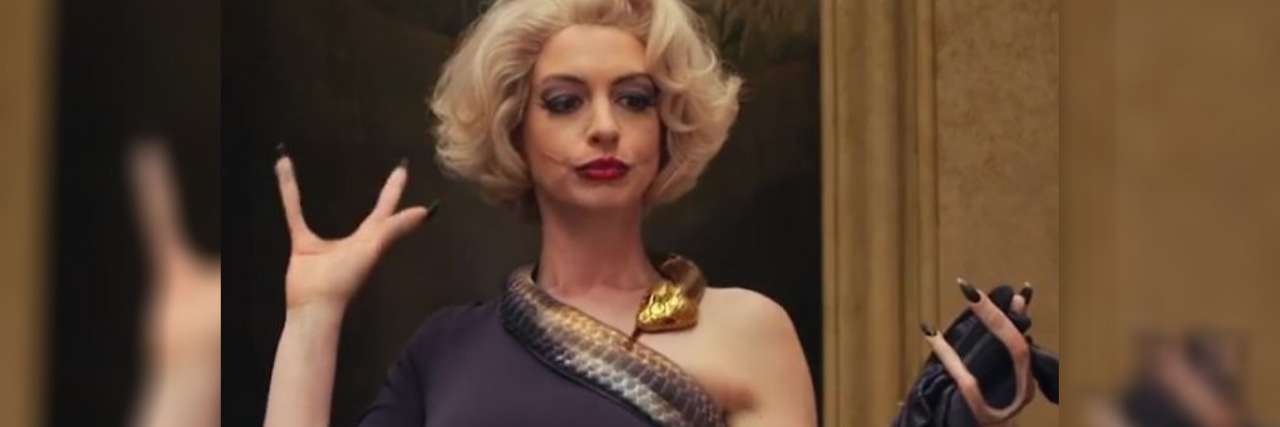This week, the new film of Roald Dahl’s “The Witches” garnered criticism from the disability community. Anne Hathaway’s character the Grand High Witch has hands and feet with serious deformities which result in missing fingers and toes. The original design in the 1983 novel is similar, with missing toes and extended hands. Unfortunately, the Grand High Witch’s appearance is very reminiscent of limb differences, which include deformities of the hands and feet.
According to the Amputee Coalition, two million Americans live with limb differences. Each year, 2,250 babies are born with this disability. Disability activists, parents of children with limb differences and organizations have voiced their disdain for the character design on Twitter and Instagram with the hashtag #NotaWitch. Among those who spoke out are the Paralympics, the advocacy organization RespectAbility, and athletes Amy Marren and Amy Truesdale. Warner Brothers Studio and Anne Hathaway have issued apologies since then. Hathaway even promoted the Lucky Fin Project, a non-profit organization that advocates for children with limb differences.
Despite having a similar disability, I am actually not mad at Warner Brothers for accidentally making an offensive design. I am certainly not mad at Anne Hathaway for something that wasn’t under her control in the first place. I’m even not mad at Roald Dahl for the original design in the first place. So, if it’s not Warner Brothers, Anne Hathaway, or Roald Dahl to blame for the ableist character design, then what is? Ironically, what is to blame is something the disability community has been waiting for: Representation.
In all of art history, disability has been represented in accurate portraits of people with disabilities and also exaggerated art pieces called grotesque. Grotesque shows people with disabilities with severely disfigured bodies — sometimes to the point that they are half-beast or even demons. The Grand High Witch counts as grotesque with her four fingers, toeless feet and bald head. But, she’s not the only grotesque character in fiction. For example, the Phantom of the Opera from the French gothic novel wears a mask because his face is disfigured. Additionally, Quasimodo from the classic novel “The Hunchback of Notre Dame” counts as grotesque because of his severely disfigured face and crooked back.
Many other stories give their villains physical disabilities and disfigurements. The classic fairy tale villain Rumplestilken has dwarfism. The Wicked Witch of the West has green skin in the classic movie “The Wizard of Oz” and the popular musical “Wicked.” In the original novel, the Witch is blind in one eye and walks with a cane (in her case, her umbrella). Captain Hook from the beloved play “Peter Pan” has one upper limb while the other limb is merely a hook. The point is that we have all grown up with grotesque images and characters with deformities. So, it’s not surprising that Warner Brothers and Roald Dahl designed the Grand High Witch with limb differences. These ableist designs are deemed “normal” in fiction. But, is it OK to design villains with deformities because it’s common to do so? Of course not!
That’s why education, through Twitter hashtags, public statements, and even my little essay, is essential. Because the disability community raises their voices, the general media is starting to learn more about disability and common mistakes in representation. Additionally, Hollywood is beginning to cast disabled actors and hire disability advisors for their movies and TV shows. I wouldn’t be surprised if, for the next fantasy movie that involves characters with disfigurements, the studio will employ disability advisors to advise on proper representation. If disability advisors become normalized, disability representation in future films will have happy endings for everybody.
Image via Warner Brothers.

